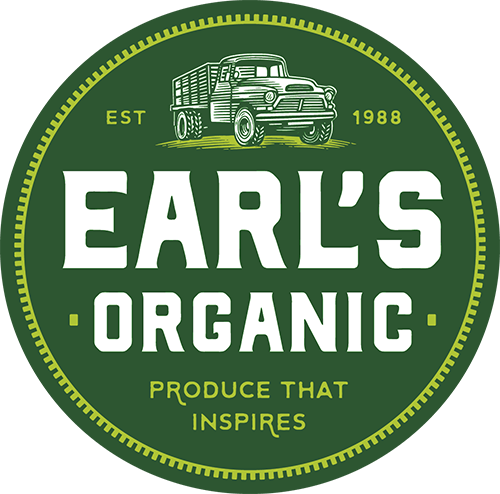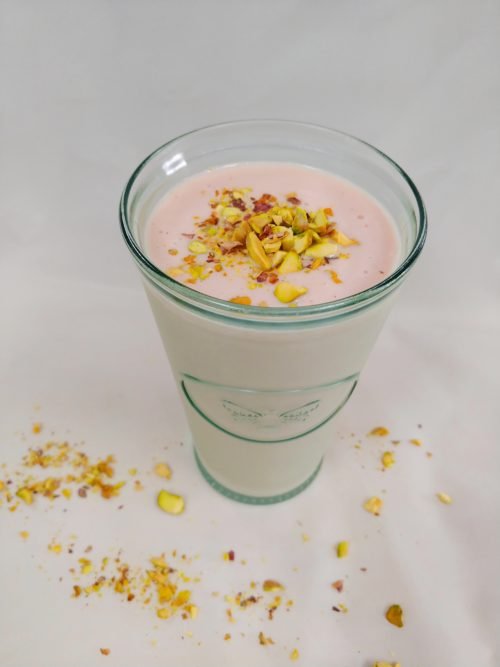RHUBARB A SIGN OF SPRING
Beautiful pinkish red stalks of rhubarb signal the beginning of spring. Often thought of as a fruit, rhubarb is actually a vegetable. Rhubarb thrives in cooler climates and originally came by way of China, Russia and Mongolia where it was first used as a medicinal herb to treat a variety of illnesses. Rhubarb made its debut in the United States in the late 18th century when Luther Burbank, a world-renowned horticulturist, developed a deep red variety that thrived in much of California’s climate. Rhubarb grows best in the northern regions of the United States. It can be found grown on a commercial level in Oregon, Washington, and Michigan. Rhubarb from the Pacific Northwest is all field grown and the season historically runs from late March until the end of June. The Michigan season begins in April with hothouse grown rhubarb and later moves to field grown.
Rhubarb from the Pacific Northwest is starting a few weeks later this year due to weather. Look for gorgeous Rhubarb from Montecucco Farms in Canby, Oregon to start off the season. Rhubarb is very weather dependent and needs a summer temperature of 75° or below for maximum production. Once the temperatures reach 90° or above the plant will start to wilt. Rhubarb is a perennial herb grown from a crown, similar to asparagus, and will continue to produce up to 15 years.
How to buy
Look for firm, crisp stalks that are free of blemishes. The size of the stalk is not an indicator of tenderness!
Fun Fact
Rhubarb is 95% water and high in potassium and vitamin c.
Contrary to popular belief, whether it's red, pink, green or something in-between, rhubarb's color has nothing to do with ripeness. Rather, its hue is completely determined by genes; different varieties produce different colors.
Storage and Cooking
Wrap loosely in plastic and store in the coldest part of your refrigerator. Do not keep for more than a few days or they will start to dry out. Place the stalks in cold water for about an hour to refresh them before cooking.
Warning
Only eat the leaf stalks or petioles. This is one vegetable where you do not want to use the whole plant. The leaves can be considered poisonous due to their high levels of oxalic acid.
Recipe Ideas
Rhubarb is very tart and acidic and will make your mouth pucker up if you eat it out of hand. Just add honey or sugar to transform it into a delicious dessert or savory dish. We like pairing rhubarb with strawberries in a pie or making a compote to top yogurt or vanilla ice cream. Susan, Earl’s marketing manager’s favorite recipe is a refreshing Rhubarb Shake. Blend rhubarb cooked down with honey and a little water with greek yogurt and ice. Stir in a tablespoon of rose water and top with chopped pistachios. Enjoy the bounty of spring!


